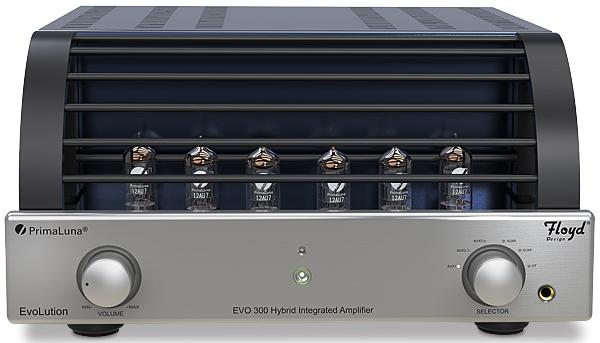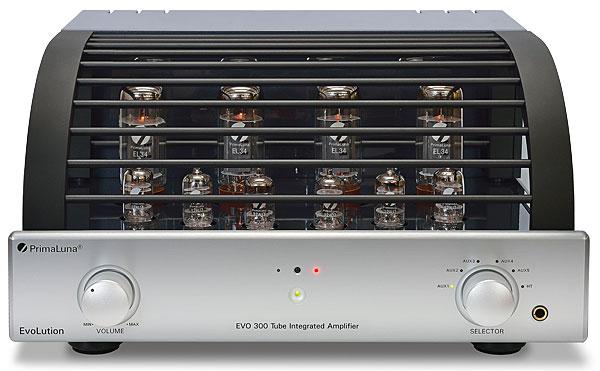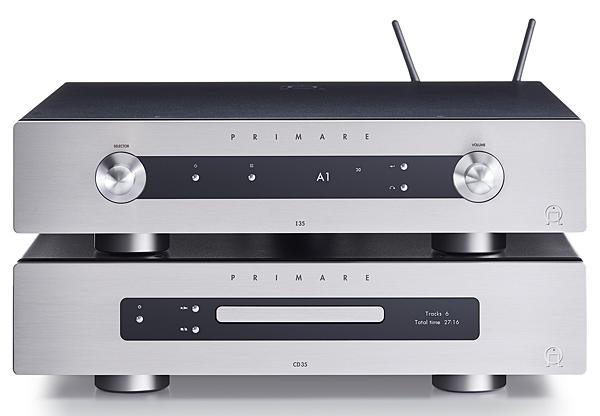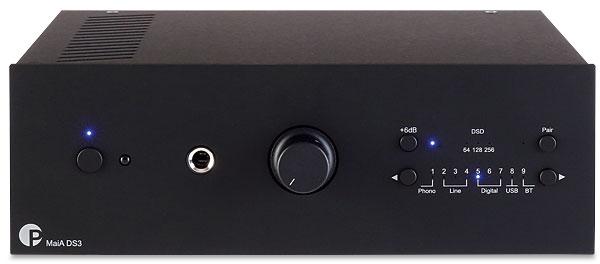Integrated Amplifiers
Sort By: Post DateTitle Publish Date
|
Apr 01, 2018
|
Apr 01, 2025 |
First Published: Feb 01, 2025
|
Feb 22, 2022
|
Nov 01, 2011
|
May 23, 2019
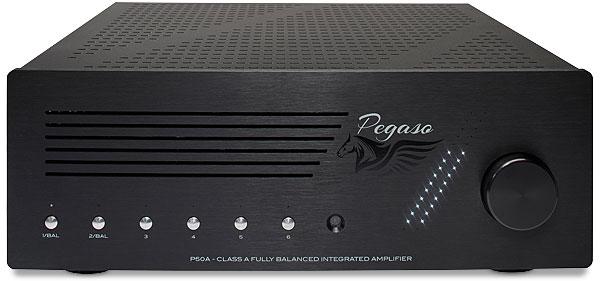
 Described as the 'sister brand' of solid-state stalwarts Audio Analogue, Pegaso has just one product and it's an all-tube integrated amplifier that claims Class A, all the way...
Described as the 'sister brand' of solid-state stalwarts Audio Analogue, Pegaso has just one product and it's an all-tube integrated amplifier that claims Class A, all the way...
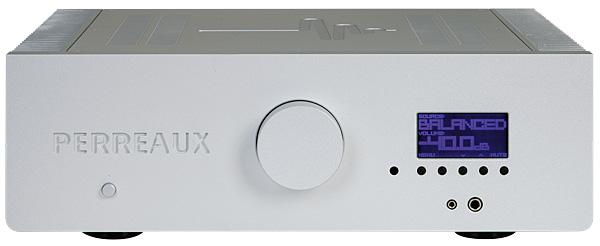
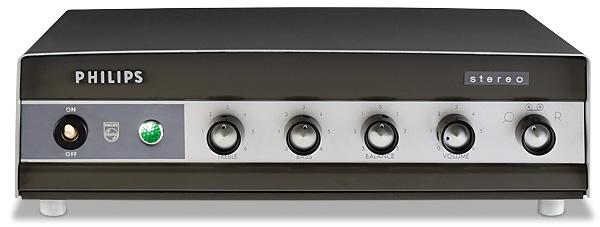
 Fuss-free and highly affordable, this compact valve integrated was an early foray by the Dutch company into the '60s separates market. But how will it sound today?
Fuss-free and highly affordable, this compact valve integrated was an early foray by the Dutch company into the '60s separates market. But how will it sound today?
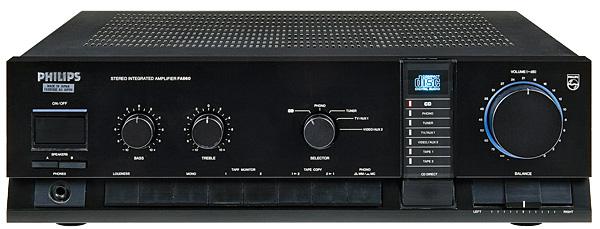
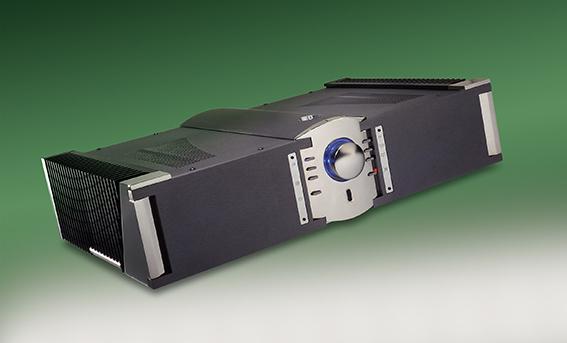
 Designer looks, battleship build quality, superior sonics... Ken Kessler is beguiled by an amplifier that shows off its manufacturer’s true colours
Designer looks, battleship build quality, superior sonics... Ken Kessler is beguiled by an amplifier that shows off its manufacturer’s true colours
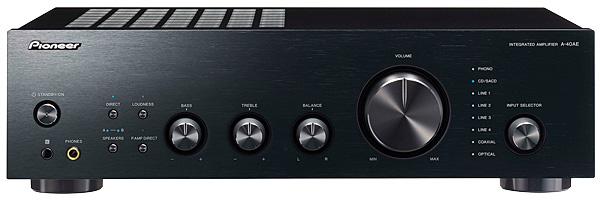
 Inspired by the success of its A-70 integrated from 2012, Pioneer has trickled down the tech and combined it with a new close-coupled PSU in this DAC-equipped budget amp
Inspired by the success of its A-70 integrated from 2012, Pioneer has trickled down the tech and combined it with a new close-coupled PSU in this DAC-equipped budget amp
